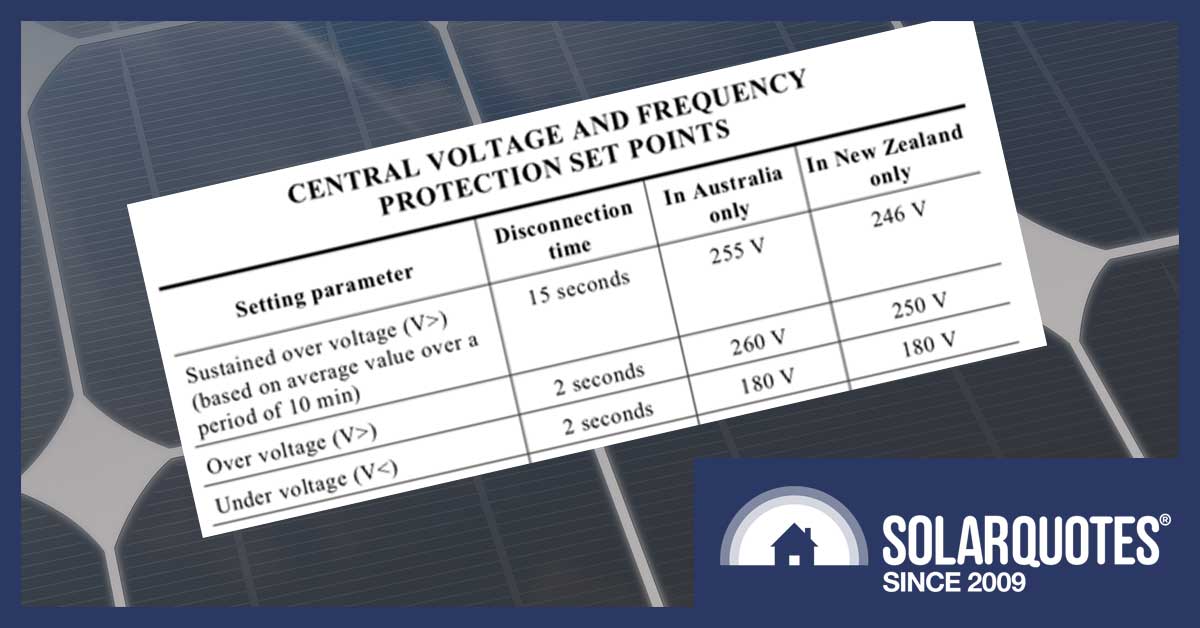cupoftea
Advanced Member level 5
Hi,
As you know, the effect of multiple households exporting solar or wind energy back to the grid via their grid tied inverter inevitably raises the grid voltage. As solar gets more common, we will see normal grid voltages over UK and EU of 254VAC plus.
As such, Grid tied inverters in people’s houses will simply stop working, as they can’t even connect to the grid if the grid voltage is over 253V. There is already a limit of 5Kw for household export to the grid (in EU and UK) , though when solar gets even more popular, this will have to be reduced down to almost nothing.
This is a statement of the obvious, yet trying to find anywhere on the web that says this is impossible. Possibly because solar panel vendors are sensoring such info, who knows (?)
As such, in future, we will see household solar panels with simply DCDC converters putting the solar energy into a battery in the household. From there we will see non grid tied inverters putting 230VAC into a separated mains wiring system in the house (separate from the national grid mains wiring).
Most houses will then simply use this non grid connected 230VAC for powering their household items, eg boiler, EV charger etc etc.
This will impact on things like PFC laws for household items that are connected only to the “household internal grid”.
So do you agree its goodbye to domestic Grid Tied inverters?
As you know, the effect of multiple households exporting solar or wind energy back to the grid via their grid tied inverter inevitably raises the grid voltage. As solar gets more common, we will see normal grid voltages over UK and EU of 254VAC plus.
As such, Grid tied inverters in people’s houses will simply stop working, as they can’t even connect to the grid if the grid voltage is over 253V. There is already a limit of 5Kw for household export to the grid (in EU and UK) , though when solar gets even more popular, this will have to be reduced down to almost nothing.
This is a statement of the obvious, yet trying to find anywhere on the web that says this is impossible. Possibly because solar panel vendors are sensoring such info, who knows (?)
As such, in future, we will see household solar panels with simply DCDC converters putting the solar energy into a battery in the household. From there we will see non grid tied inverters putting 230VAC into a separated mains wiring system in the house (separate from the national grid mains wiring).
Most houses will then simply use this non grid connected 230VAC for powering their household items, eg boiler, EV charger etc etc.
This will impact on things like PFC laws for household items that are connected only to the “household internal grid”.
So do you agree its goodbye to domestic Grid Tied inverters?
